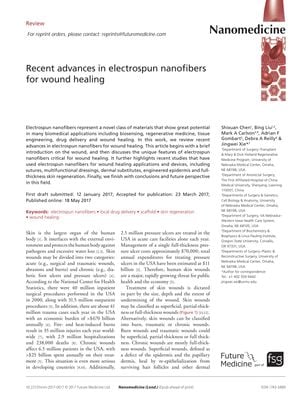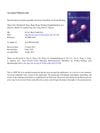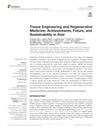Recent Advances in Electrospun Nanofibers for Wound Healing
May 2017
in “
Nanomedicine
”
electrospun nanofibers extracellular matrix bioactive materials biosensing regenerative medicine tissue engineering drug delivery wound healing cell adhesion cell proliferation extracellular matrix secretion fiber diameter fibroblast proliferation nanofiber-based sutures wound dressings 3D scaffolds dermal tissue engineering mesenchymal stem cells nanofiber scaffolds tissue regeneration electrospinning technologies vitamin D₂-loaded nanofibers antimicrobial peptide production nanofibers ECM ECM secretion nanofiber sutures stem cells electrospinning vitamin D₂ nanofibers antimicrobial peptides

TLDR New nanofiber technology improves wound healing by supporting cell growth and delivering treatments directly to the wound.
The document from 2017 reviews the advancements in electrospun nanofibers for wound healing, emphasizing their ability to mimic the extracellular matrix of skin and incorporate bioactive materials for localized treatment. It discusses their applications in biosensing, regenerative medicine, tissue engineering, drug delivery, and wound healing. The review cites studies showing that nanofibers can enhance cell adhesion, proliferation, and extracellular matrix secretion, with varying findings on the optimal fiber diameter for fibroblast proliferation. It also covers the development of nanofiber-based sutures, wound dressings, and 3D scaffolds for dermal tissue engineering. Furthermore, the document highlights the combination of mesenchymal stem cells with nanofiber scaffolds for tissue regeneration and the potential of new electrospinning technologies. It notes the use of vitamin D₂-loaded nanofibers to induce antimicrobial peptide production and suggests more research using porcine models for efficacy testing due to similarities in wound healing with humans. The research was partially funded by the University of Nebraska Medical Center, Otis Glebe Medical Research Foundation, and the National Institute of General Medical Science.




